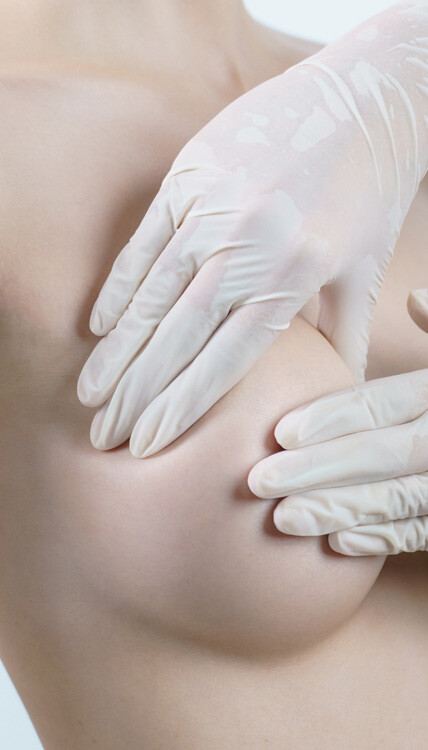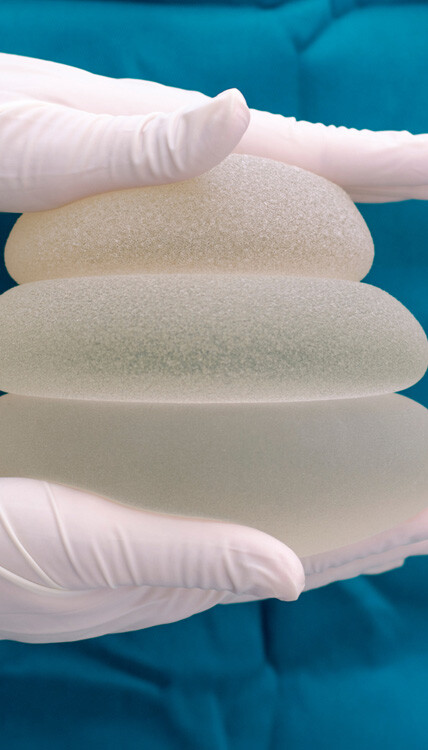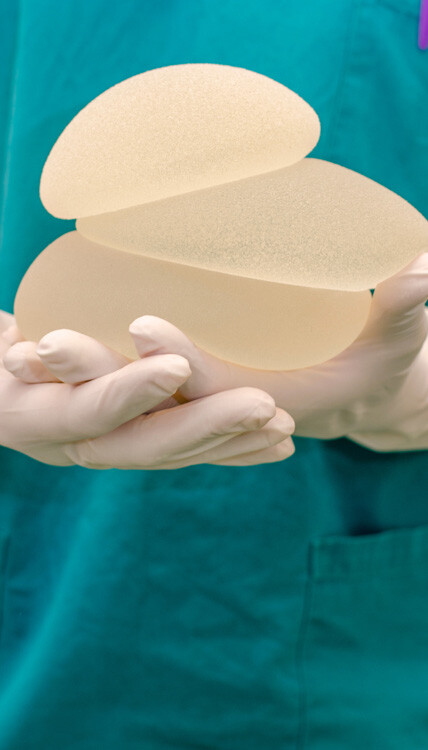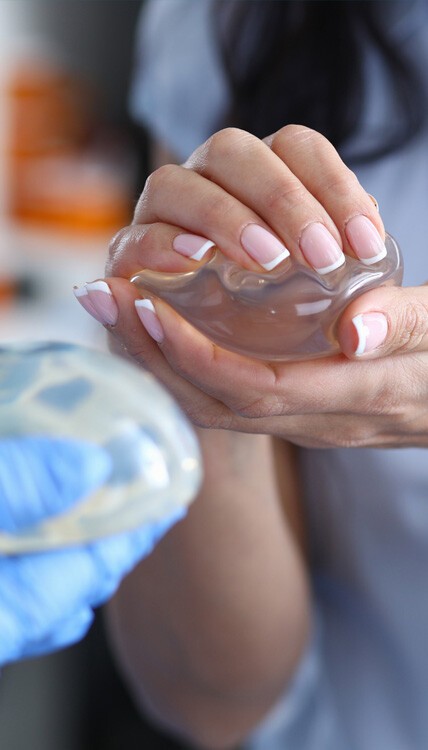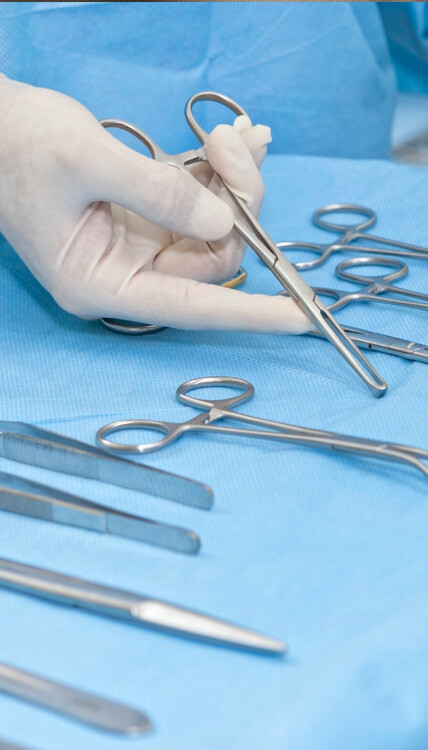You want to enhance your feelings of attractiveness and positive self-image and you think your small or asymmetrical breasts aren’t helping. You might like to surgically augment your breasts, but you don’t have time for a prolonged recovery period. Besides, you fear the pain and discomfort associated with breast augmentation.
Is this you?
If so, the 24-hour rapid recovery breast augmentation is perfect for you.
The 24-hour recovery breast augmentation is an innovative plastic surgery technique that uses precise and gentle systematic changes with electrocautery forceps to increase breast size. With maximized planning, minimized tissue damage, reduced bacterial load and shorter recovery time, the procedure enables patients to get back on their feet within a few hours of waking up from anesthesia.
Without complications, you can be at work the next day. There are no drainage tubes and no bulky, post-operative dressings—no bands and no massaging of breasts. You may go shopping, out to dinner or dancing soon after the operation. In fact, movement begins right after surgery with arm exercises, walking and showering that night.
Advantages over traditional breast augmentation
Unlike traditional breast augmentation surgery with its fairly large incisions, the 24-hour technique involves making small cuts in strategic locations. This enables patients to return to their normal lives within a day. The traditional procedure results in considerable downtime and soreness, with the first 24-48 hours after surgery involving pain, discomfort and bandages for as long as 10 days, during which time patients are not able to return to work or strenuous daily activities around the house.
In contrast, the new 24-hour technique expedites healing, reduces pain and discomfort to a minimum, and allows you to return to your daily activities faster than ever before. And while those who undergo traditional breast augmentation often require potentially dangerous narcotic pain killers, those who undergo this amazing new technique can usually manage any lingering pain with over-the-counter pain medicine.
Fewer side effects
Recovery after this new surgical technique takes just 24 hours, allowing you to return to regular life the same evening or the next day. The recovery time is shorter because the procedure is gentle and precise with minimal tissue damage and no bleeding.
Our team at Politis Plastic Surgery uses every tool and technique at our disposal to reduce inflammation, bruising and tissue trauma. Our patients often return to work the day after the procedure, although they may do so wearing special support bras for a few days after surgery. Heavy exercise and intense work is avoided initially, but patients are encouraged to start moving right away.
There is minimal post-operation pain with this procedure. Most patients require only over-the-counter pain medication to achieve normal comfort. Also, post-operative bleeding is rare and there are far fewer reported cases of bleeding, capsular contracture, or shifting of the implant.
Who is a candidate for 24-hour breast augmentation?
Like every surgical procedure, some patients are better suited for it than others. Even though the fast recovery time is appealing, the mini-incision approach does not work for every woman who wishes to enhance her bust line. The right candidate for the procedure is a relatively healthy individual with a healthy body weight. If you are a candidate for traditional breast augmentation then you are likely also a candidate for this procedure. During your consultation with Dr. Effie Politis, you will explore your goals and look at the enhancements you wish to achieve. Your body type and other factors may determine whether you are a suitable candidate for the mini-incision approach.
Innovative procedure, amazing results
24-hour breast augmentation surgery is a safe and effective way to achieve an enhanced figure and boost self-esteem. Almost all patients who undergo the procedure can return to regular activities, lift normal objects and drive a car within 24 hours after the operation, without drains, bandages or narcotic medications. And most patients are able to raise their arms above their heads immediately after the surgery.
The decision to undergo breast augmentation should be personal and well-informed. You should not undergo this surgery to please someone else. By consulting Dr. Effie Politis, you can make an informed decision as to whether the 24-hour rapid recovery technique meets your individual goals and suits your body. She applies advanced techniques and is committed to helping patients experience the maximum benefits of the procedure faster and more comfortably.
If you are interested in breast augmentation but concerned about the long recovery period associated with the traditional procedure, meet with Dr. Effie Politis for a consultation about the 24-hour rapid recovery technique. For more information on breast augmentation and other plastic surgery procedures, visit the Politis Plastic Surgery website.

